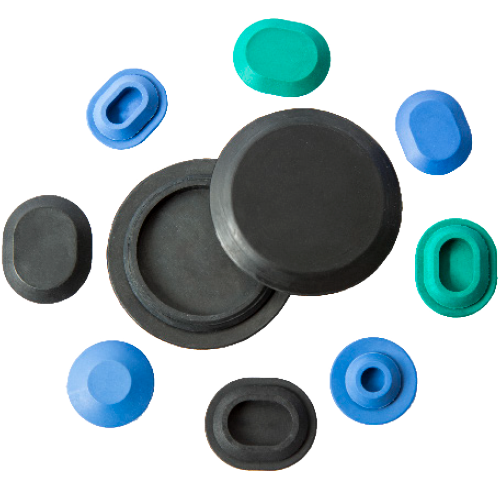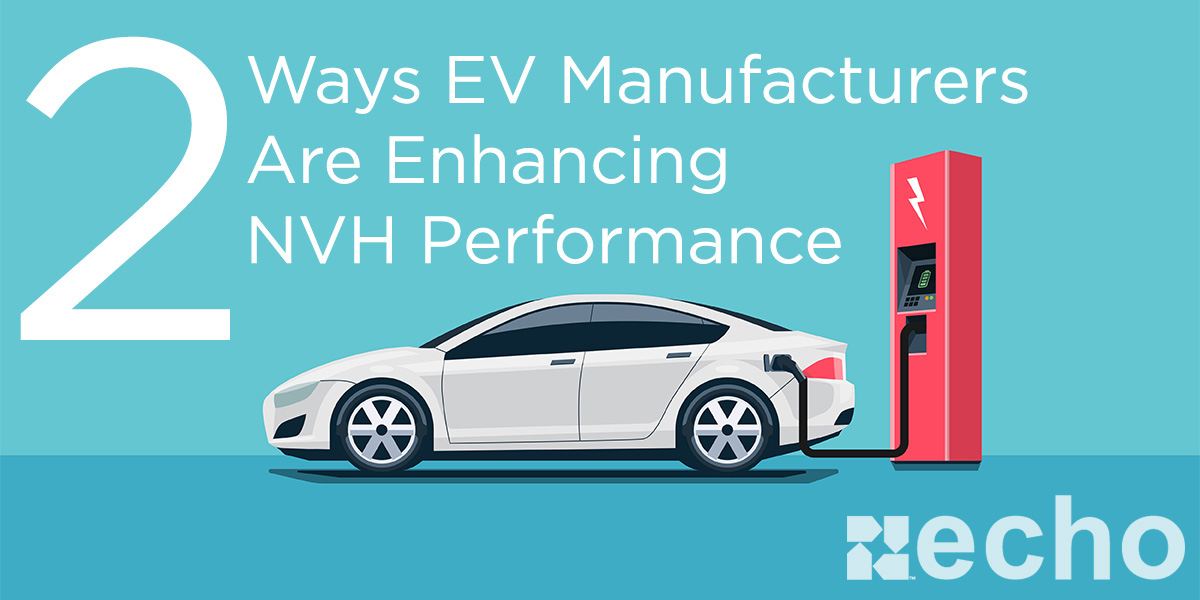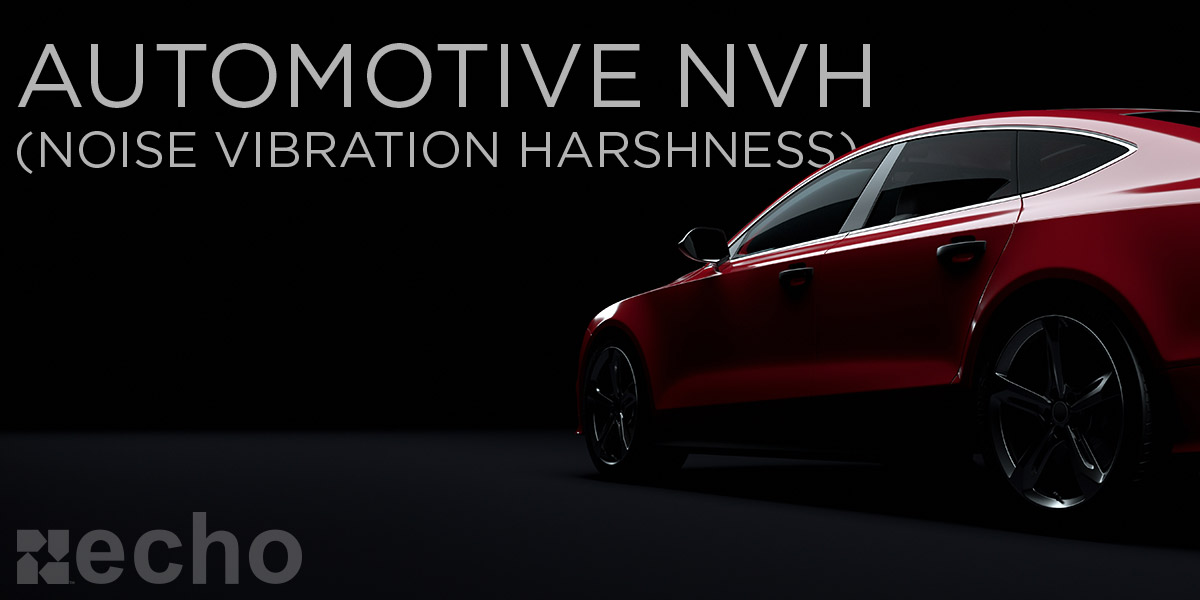Automotive NVH - Butyl Patches
Automotive vehicles have a significant amount of panel holes throughout their body/chassis as it helps with reducing the overall weight, improve battery efficiency, and allows e-coat, surface prep, and primer to drain from the cavities during production. The problem that they pose is the amount of noise they let through. This is where butyl rubber solutions come into play.
Butyl patches with foil backing are commonly used to reduce noise and vibration due to its ability to convert vibrations to heat and reduce noise that enters the cabin.
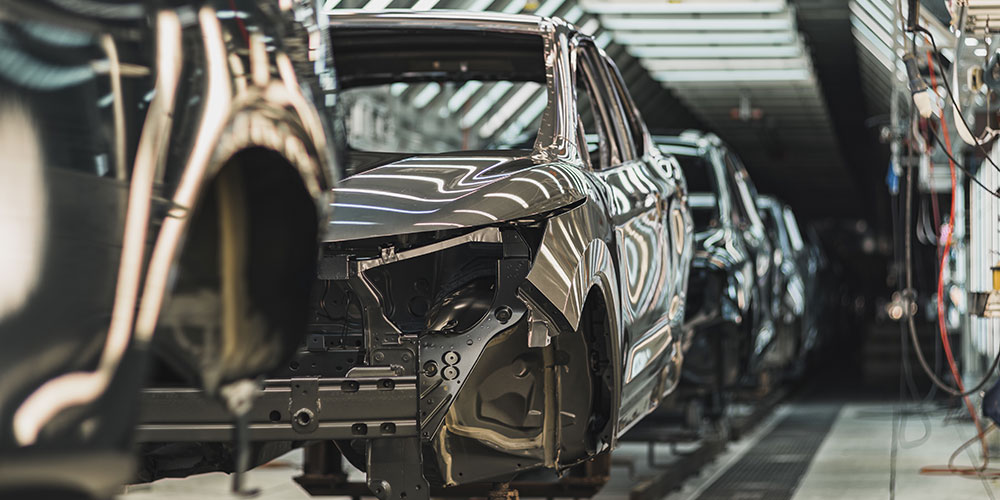

Compliance and Testing
Testing and Validation have been key to giving our customers peace of mind. Echo Engineering works closely with automotive OEMs to optimize and manufacture our material in order to meet critical adhesion, sealing, and NVH damping specs.
Butyl testing performed on past projects include:
- Acoustic Loss Factor
- RoHS Compliance
- FMVSS302 (Flammability-Burn Rate)
- 90 Degree Peel Test (Based on ASTM D6862 and specific customer requirements)
Butyl Modifications & Enhancements
Location, testing requirements, installation process, and a variety of other elements can be factored into what decision you make with butyl. What you may not know is the different types of modifications a manufacturer like Echo Engineering is capable of making.
Butyl Modifications You Should Consider:
- Thickness of Butyl (factors into NVH requirements)
- Adhesive can be modified if butyl's primary application is for sealing or for NVH
- Primary adhesive, lasting adhesive, and peel resistance of adhesive
- Custom formulation for reapplication (especially with user installation error is a concern)
- Butyl's carrier (Most common is aluminum foil)
- Carrier's color (Black backing to limit visibility when required)
- Selective lamination
Design-for-Assembly Tips:
An overlooked aspect of Butyl is designing and manufacturing the product for assembly, or DFA (Design-for-Assembly).
Custom Formuated Butyl Material for Easy Readjustments
Butyl patches are typically installed by assembly workers by hand and must be aligned correctly or they will not perform as needed.
One way to combat this is by using custom formulated butyl material that gives line workers the ability to remove and reapply the foil back patch correctly. Echo has developed EchoLoc™, a proprietary butyl formula that gives assembly workers a 5-minute grace period to remove a butyl patch, without residue being left, and reapply.
The butyl's adhesiveness will strengthen over the next hour, giving automotive manufacturers peace of mind knowing that the patch will provide a more than an effective seal.
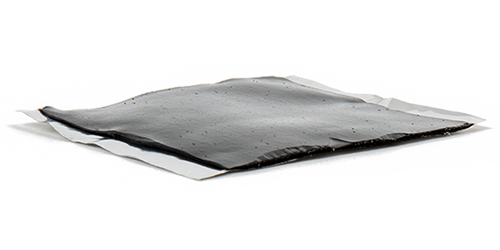

Switching from Sheets to Rolls of Butyl Patches
One way you can improve your manufacturing efficiency is by switching from sheets to rolls.
Switching from sheets of 8-12 butyl foil patches to rolls of them. Sheets cause 2 assembly issues. First, the butyl will most likely stick to the sheet below, resulting in unnecessary time spent separating the two. The other problem is that the assembly worker will have to constantly stop after every 8-12 patches in order to grab the next sheet and dispose of the used one.
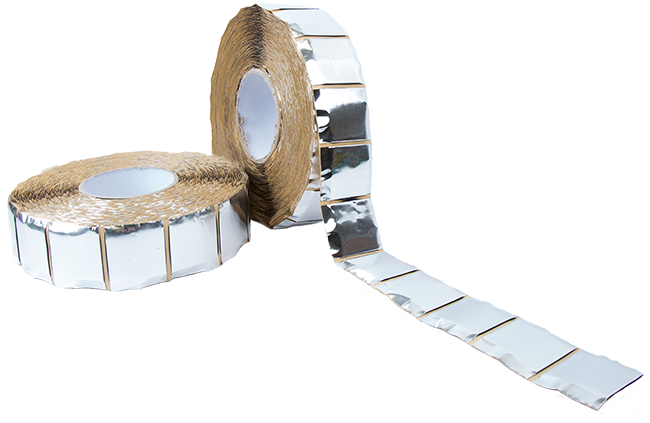

Choosing Between Butyl Patches or Panel Plugs
The two main options used for covering a vehicle's panel holes are butyl patches and panel plugs. Both solutions are great options, but what are the pros and cons of each?
Ergonomics
Butyl patches are typically installed by hand and often have alignment requirements which cause issues on the line. Panel plugs are great alternatives as they're easier to grab (rather than pealing butyl off of a sheet) and they plug in place, preventing misplacement from being an issue.
Sealing
While panel plugs may not always be as effective for noise reduction compared to butyl patches, they do have great sealing capabilities and water swell resistance.
Environmental/Heat Resistance
EPDM panel plugs have great temperature resistance as well as great tensile strength and UV resistance.
Cost
A drawback to using molded panel plugs is the added cost of compression/injection molding tooling and the time to make the tools compared to getting production-ready butyl patches. To help speed up this process, Echo uses a proprietary rapid prototyping technology to test and speed up the process.
Accessible Service Points
For panel holes meant as serviceable areas, the best option of the two will be to go with panel plugs due to their ability to be removed and reinstalled.
Related Resources
The Future of Noise Reduction Inside EVs
Learn about the newest technology and trends that are becoming increasingly adopted throughout the industry to get closer and closer towards sound-proofing the interior over EVs.
2 Ways EV Manufacturers Can Enhance NVH Performance
Two solutions that are being looked at more closely for optimal NVH resistance are rubber panel plugs and butyl damping patches.
Automotive NVH (Noise Vibration Harshness
In automotive design, NVH is managed by minimizing the transfer of undesirable noises and vibration into the passenger area.



